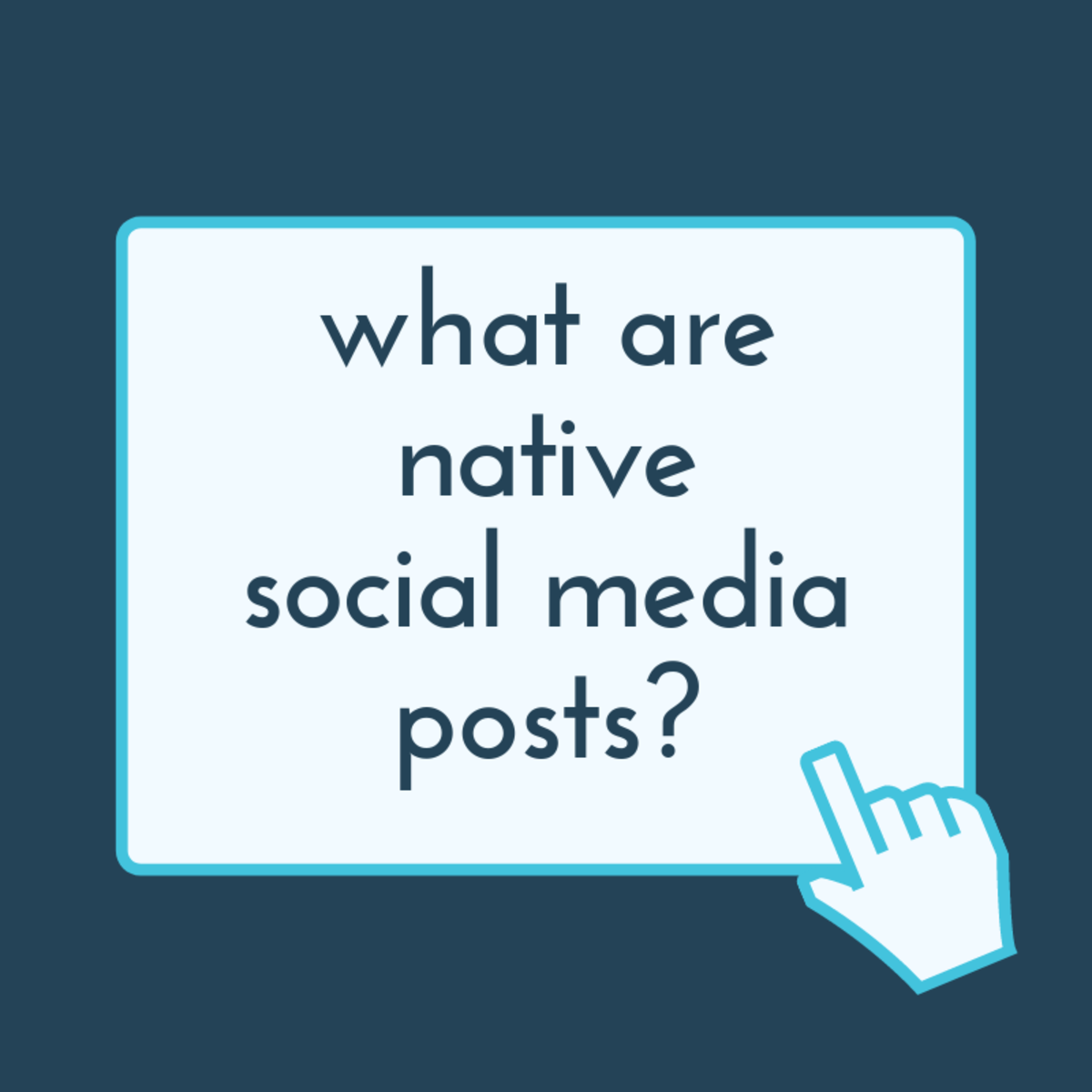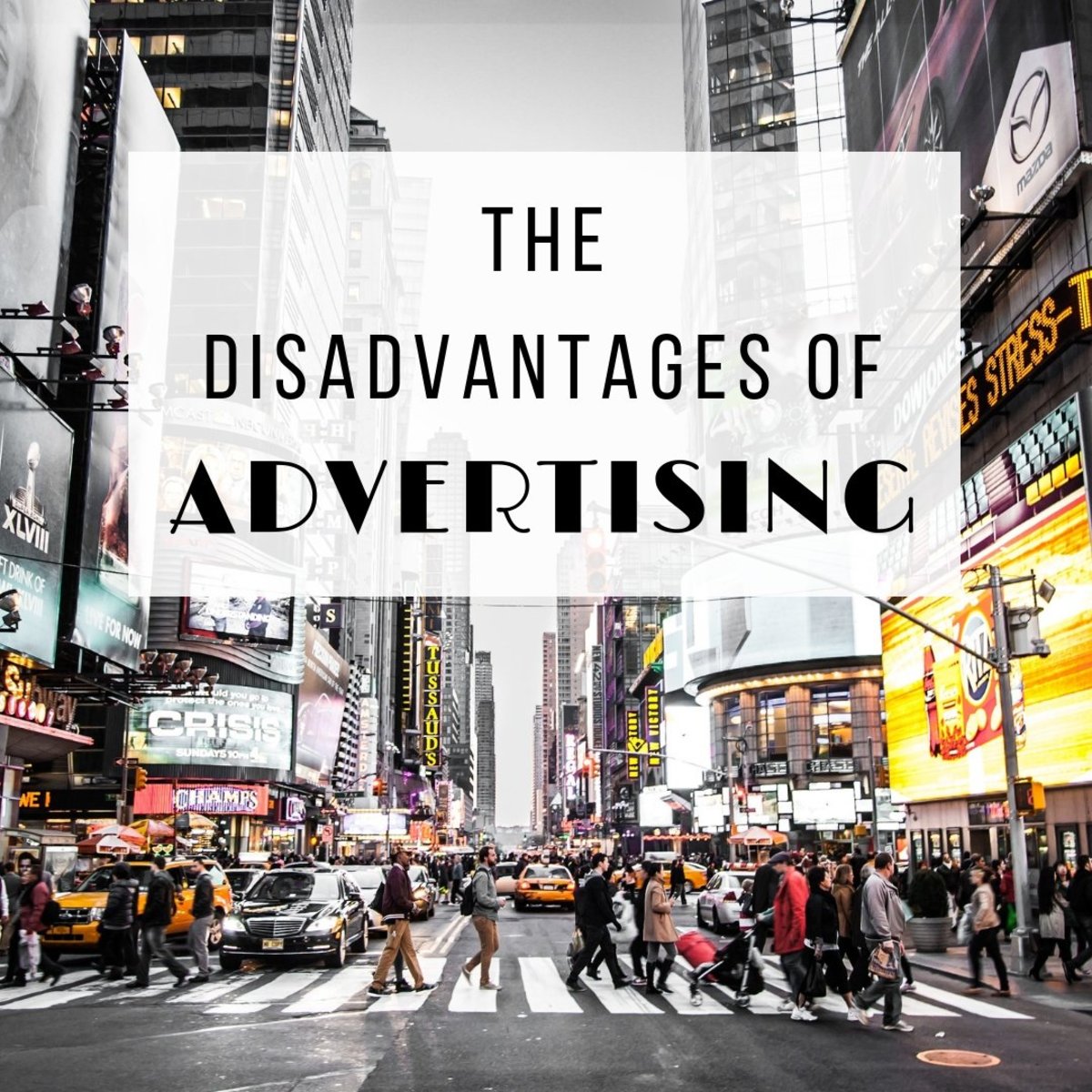Credit Union Marketing Trends Shows Positive Job Outlook
METHODOLOGY
I first took at look at the Bureau of Labor Statistics for further data and I also obtained the results of two surveys the first was conducted for Filene by Crescendo Consulting Group, LLC, which examines the extent of social media usage among credit unions, highlighting characteristics of credit unions currently using social media, and examines practices that drive social media success, the other.
The second survey entitled, “State of Financial Marketing” was fielded by The Financial Brand, sponsored by Deluxe, and analyzed and published by the Digital Banking Report.
The report provided a comprehensive guide of bank and credit union marketing trends and spending. The report is based on a survey of close to 300 financial services marketers and includes 62 pages of analysis and 40 charts.
I expanded on my findings which can be further read below. I used the data from the surveys and other to paint a positive trend for social media being used by credit unions in their marketing scheme.
To put it simply, due to the free to join the system of the major social media platforms the annual budget for credit unions can range anywhere between $0 - $150K.
LANDSCAPE
With the death of newspapers over the last 10 years the empty space of advertising is being brought back to life vie the Internet. Whether it is smartphone or tablet people are spending more time online than ever before. Despite the loss of print advertisering space digital, PR, and promotions managers are expected to see employment growth in other industries in which they will be needed to manage digital media campaigns that often target customers through the use of websites, social media, or live chats according to the Bureau of Labor Statistics.
The Bureau also reported a projected growth of 6 percent for employment of media and communication occupations from 2016 to 2016 which will result in about 45,300 new jobs. In an article titled '5 Credit Union Marketing Trends for 2017', written by Mdgadvertising, "social networks have steadily been evolving from free engagement sites for marketers to pay-to-play platforms. They’re now an essential part of any advertising spend. With that comes a need for online SEO content for blogs, timely engagement, posts, and more accessibility."
Combined with US ad spends jumping in just two years from $16 billion in 2014 to $31 billion in 2016, it can be concluded that future job out look for the industry is positive.
PITCHING
'How Much Should A Credit Union Spend on Social Media Marketing?' is an article that assisted in understanding where you can fit in this niche market.
When pitching aim at higher-end clients such as credit unions with more than 80,000 members and more than 70 employees the article notes they are slightly more likely to use social media, and thus have a larger budget. They also state to in mind credit union respondents of all sizes employ some type of social media program that needs to be managed.
Credit unions with only a couple hundred members and lacks a strong online presence will not have a $100K in a social media budget, but should still have a running blog at the very least.
In the File survey, they concluded marketing departments of credit unions are primarily in charge of social media, but the majority (61.4%) spend less than two hours a week managing the platforms and handles, indicating that the use of social media is still a hobby for many credit unions. That number is growing so when pitching to a client that most likely utilize the free platform of social media, emphasizing new target audience in this case millennials and examples of your own successful social media campaign. This help add value to your bottom line.
Matchnode goes a great job in breaking down how for large-scale regional or national credit unions like Navy Federal Credit Union or Allient, it is typical for them to expect to spend $150+ on social media budget. They have many locations and their membership numbers are in the tens or hundreds of thousands, if not more. At this size, there should already be a pretty substantial marketing budget set aside. With a larger budget, the credit union usually have a multi-channel digital marketing strategy or are in the process of building one.
CONCLUSION
The Bureau of Labor Statistics states through the internet, advertising campaigns can reach a target audience across many platforms. This greater reach can increase the scale of the campaigns that advertising and promotions managers oversee. With better advertising management software, advertising and promotions managers can control campaigns more easily.
Since computer technology has transformed our society, most of the social media priorities have remained rather constant in the marketing landscape. The most evident areas of change were the increase in the importance of ‘reaching a younger audience’ and the decrease in importance of ‘building a brand.’ Keeping these key priorities in mind when drafting your content will be beneficial in the future when you are at the pitching stage.
For the largest organizations, ‘increasing adoption of digital channels’ and ‘improving analytics’ have become top priorities; combined with the positive job outlook data from the Bureau of Labor and Statistics, the communications and media landscape continues to be promising.
Interesting To Note
SOCIAL MEDIA INCREASE ... DESPITE LACK OF EFFECTIVENESS
The use of social media channels by banks and credit unions continued to climb in 2016, with close to 9 of 10 institutions using Facebook, up from less than half only 4 years ago. More than half of financial institutions now use Twitter, YouTube and LinkedIn, with other social media channels being used less than half this level.
But marketers surveyed did not seem overwhelmingly confident in the effectiveness of any of the channels they use.
While the terminology of the question leaves room for interpretation, only Facebook had greater than a 20% “very effective” score. The effectiveness of Facebook was down slightly from 2015.








